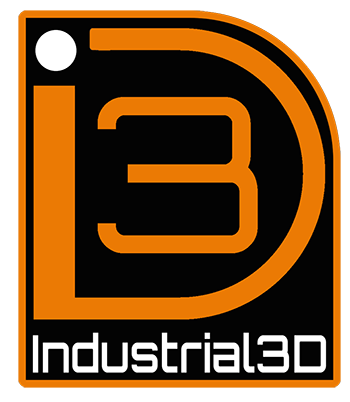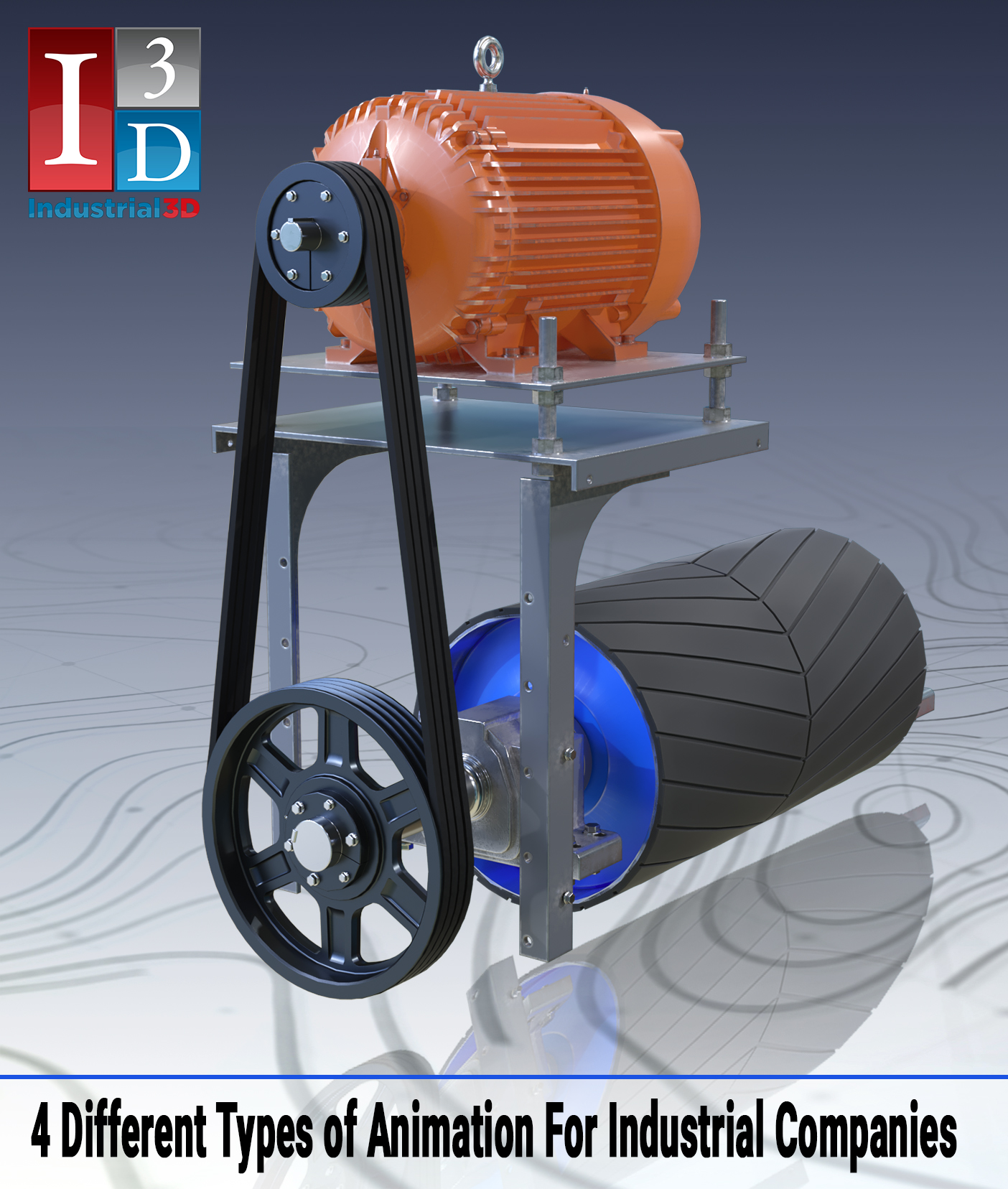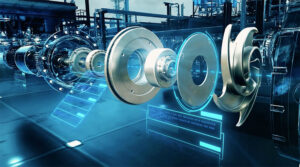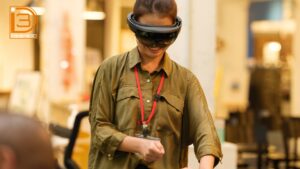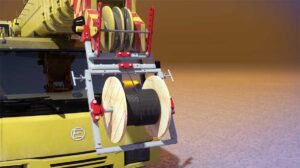One of the first steps in an animation production pipeline is selecting a style. Different animation styles have dramatically evolved over the years to convey different tones for a variety of needs. In this article, we’ll review some of the more commonly used animation styles in our industry and how these types of animation styles are helpful for technical & industrial animations.
2D Animation
The 2D style utilizes flat, 2D components such as characters and backgrounds through both vector and rasterized layers. Due to its flexibility, it is often a preferred choice for many applications. Its continual usage in explainer videos, promotional productions, and more forever cements it as a safe choice.
In the early years of animation, each frame was hand-drawn – a very time-consuming process, as we all know. Today, with the advancement of technology, animators use digital tools and techniques that streamline the animation process, fabricating a whole new skillset & industry that we know as motion graphics. As a result, 2D animation is a clean, simple way to design and showcase products, sales processes, and marketing materials for technical companies.
3D Animation/CGI
When 3D animation was introduced, it took the world by storm. It revolutionized the animation industry in more ways than one. The advanced technology suddenly allowed creators to generate more immersive and realistic animation experiences with a unique toolkit that bypasses workarounds often seen in the 2D style. Targeted audiences, as a result, had a more tactile illustration to understand and behold.
3D animation has grown in popularity for technical and industrial companies with the increased demand for interactive and visual media. Whether it is a simple explainer animation, a product animation, describing industrial machinery, or even a medical supply animation, its uses continue to grow. And there are no signs of it slowing.
Stop Motion Animation
One of the earliest forms of animation is stop motion, and we see its use in many classic animated movies.
Production artists take pictures of still objects received from the client in a specific sequence and string these pictures together to create the illusion of movement. Thus, creating a unique aesthetic and style of animation. While stop motion animation may not be as commonly used for industrial and technical companies, it can bestow a certain “vintage” appeal to the visual style.
Mechanical Animation
Mechanical animation shows the nuts and bolts and inner workings of mechanical equipment, industrial machinery, and technical products.
Animators & engineers collaborate on designing and implementing every detail and mechanism of a machine to create an informative 3D visualization. The practical applications of mechanical animation are endless in the engineering industry, for medical supplies, manufacturing equipment, and oil and gas machinery. And increasingly are used in product design.
This animation style provides the opportunity to adjust products before development has begun, thus removing the likelihood of having to redo whole processes. Furthermore, after production has finished, mechanical animations can be used to quickly explain how a technical, engineered piece of equipment might work at tradeshows or sales events.
In conclusion, there are several different styles of animation – all of which are utilized in technical animations, from industrial companies to the manufacturing and fabrication industry. Ultimately it depends on the type of detail & components you have to work with and the information you want to convey. A good animation production company can help you decide what kind of animation style will best suit your company’s needs.
At Industrial3D, we have helped numerous companies determine the best visual style for their explainer videos, product demonstrations, and technical animations. There’s no better place to start to get the best animation style for your specialized company, so let’s start a conversation.
